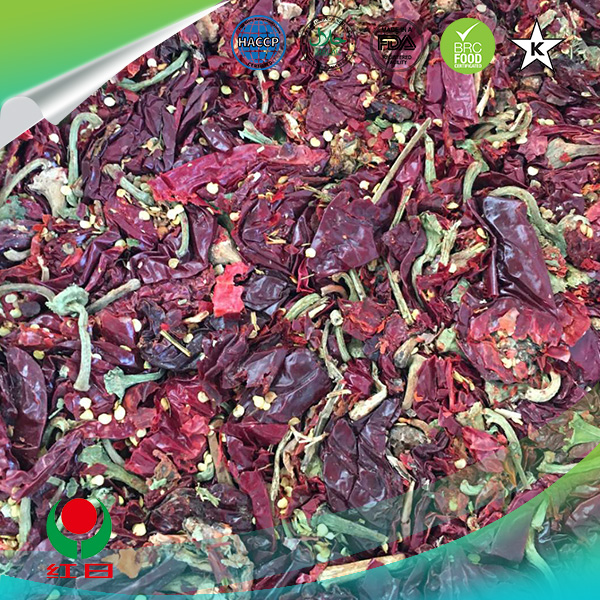- No. 268 Xianghe Street, Economic Development Zone of Xingtai city, Hebei 054001 China
- Byron@hbhongri.cn
Benefits and Culinary Applications of Paprika Powder in Cooking and Flavoring
The Use of Paprika Powder
Paprika powder, a vibrant and flavorful spice derived from ground dried bell peppers or chili peppers, has become a staple in kitchens around the world. Not only does it add a beautiful color to dishes, but it also introduces a complex layer of flavor that can vary from sweet and mild to hot and smoky, depending on the type of paprika used. This article will explore the various applications of paprika powder in cooking, its health benefits, and tips for incorporating it into your meals.
Culinary Applications
Paprika powder is incredibly versatile and can be used in a variety of culinary contexts. One of its most common uses is as a seasoning for meats; it adds depth to rubs for grilled chicken, pork, and beef. When preparing a classic dish like Hungarian goulash, paprika is essential, providing not just flavor but also the rich red color that defines the dish.
In addition to meats, paprika can be used in soups and stews, where it enhances the overall taste profile. For instance, a dash of paprika can elevate a simple tomato soup, transforming it into a comforting and aromatic dish. It is also a key ingredient in deviled eggs, adding both flavor and an appealing hue.
Vegetables can benefit from the addition of paprika, too. Roasting vegetables like carrots, potatoes, and bell peppers with paprika, olive oil, and a pinch of salt creates a delicious side dish that pairs well with various entrées. Moreover, paprika can be sprinkled onto popcorn or mixed into dips for a flavorful snack option.
Types of Paprika
Understanding the different varieties of paprika can help in selecting the right type for your dishes
. The most common types include1. Sweet Paprika This is the milder variety and is often used in Hungarian recipes. It is perfect for those who want the color and subtle flavor without the heat.
use of paprika powder

2. Smoked Paprika Made from smoked peppers, this variety adds a rich, smoky flavor to dishes. It is excellent for adding depth to stews, sauces, and even homemade barbecue rubs.
3. Hot Paprika For those who enjoy a spicy kick, hot paprika delivers heat without overwhelming the dish. It can be used in moderation to spice up chili, sauces, and marinades.
Health Benefits
In addition to its culinary advantages, paprika powder offers several health benefits. It is rich in antioxidants, particularly carotenoids, which are known for their anti-inflammatory properties. These compounds can help combat oxidative stress in the body, potentially reducing the risk of chronic diseases.
Paprika is also a source of vitamins A, E, and C, which are important for maintaining a healthy immune system and promoting skin health. The spice has been linked to improved digestion and may even help in regulating blood sugar levels, making it a valuable addition to a balanced diet.
How to Incorporate Paprika in Your Meals
Incorporating paprika into your meals is simple. Start by adding it to your spice rack and experimenting with small amounts in your cooking. Remember, paprika works best when added at the right time; for dishes that require longer cooking times, such as soups and stews, add it early in the cooking process. For dishes that cook quickly, like sautéed vegetables, sprinkle it in towards the end to preserve its flavor and color.
In conclusion, paprika powder is more than just a colorful spice; it is a versatile ingredient that can enhance the flavor and appearance of a wide range of dishes. Whether you choose sweet, smoked, or hot paprika, this spice offers culinary creativity and health benefits, making it a must-have in every kitchen. So, next time you cook, don’t forget to reach for that jar of paprika and elevate your culinary creations!
-
Turmeric Rhizome Powder: A Golden Treasure from Roots to TableNewsJul.28,2025
-
The Versatile Application Of Crushed Red Hot Peppers: Lighting Up The Red Flames On The Dining TableNewsJul.28,2025
-
The Paprika: A Touch Of Vibrant Red In Color, Flavor, And CultureNewsJul.28,2025
-
Ground Turmeric: A Modern Examination of an Ancient SpiceNewsJul.28,2025
-
Capsicum Liquid Extract: Features, Applications, and ChallengesNewsJul.28,2025
-
Application of Capsicum Liquid Extract in FoodNewsJul.28,2025







